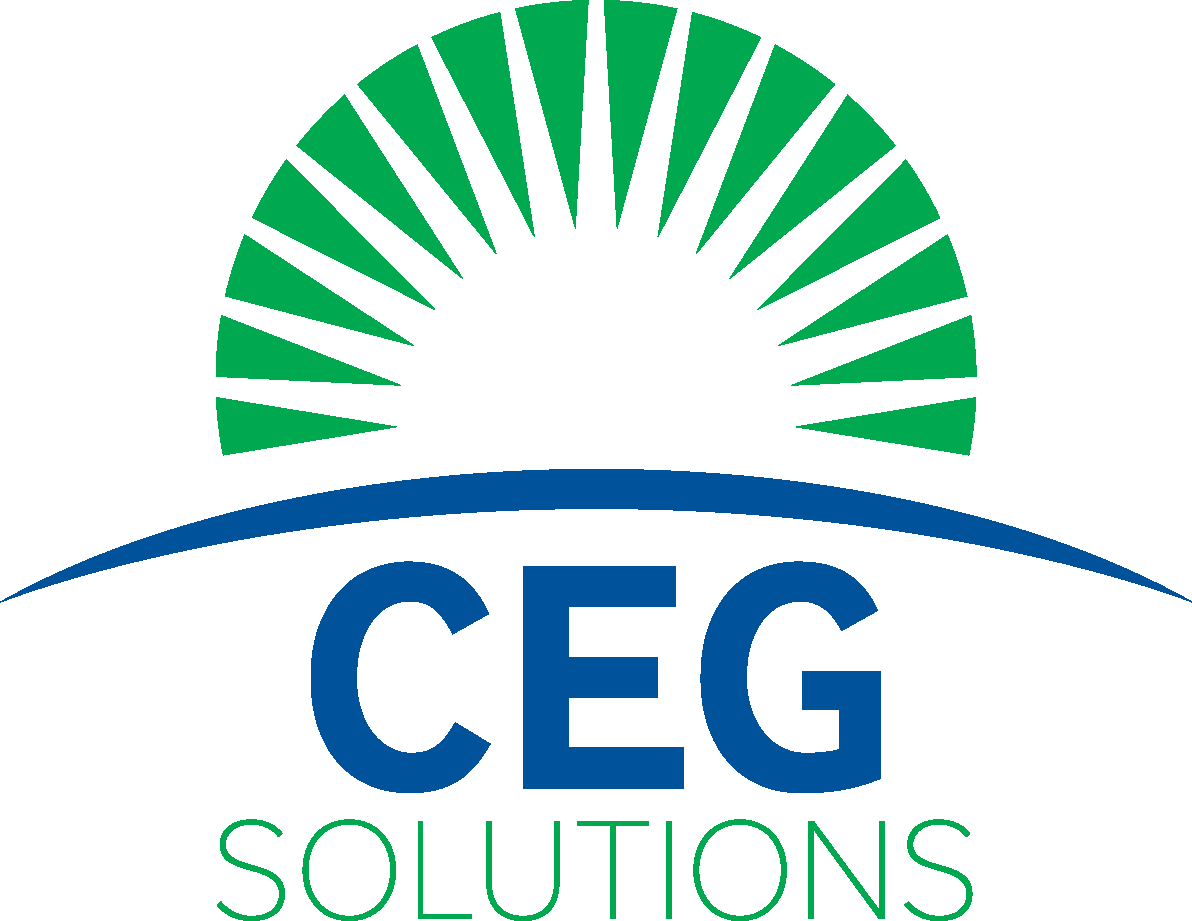
Napa State Hospital
The project reduced average EUI by 27%, and greenhouse gas emissions by 5,700 metric tons.
Verified Annual Savings: $1.63MM and 98,025 MMBtu
Project Highlights
Reduced annual water consumption by 20.7MM gallons
Reduced annual electricity consumption by 2.4MM kWh
Reduced annual natural gas usage by 110k therms
Reduced average energy use intensity (EUI) of the site by 27%
Incentives of $141k
Energy Conservation Measures
Boiler upgrades
Steam pressure reduction
Steam trap repair
Steam system insulation
CAV to VAV conversion
HVAC upgrades
Building control strategies
Lighting upgrades
Domestic water fixture improvements
Kitchen HVAC upgrades
Project Overview
In 2018, CEG partnered with the State of California Department of General Services Office of Sustainability and Department of State Hospitals to develop, design, and implement comprehensive energy and water efficiency upgrades at Napa State Hospital. The JCAHO-accredited hospital in Napa County, California is on a 138-acre campus, comprising more than 100 buildings (totalling ~1.5MM SF) with various uses including administrative and medical offices, inpatient housing, kitchens, maintenance shops, libraries, gyms, and activity spaces. The facility has over 1,200 beds and more than 2,200 support staff. Most of the facility is located within a controlled-access, medium-security area, where patients are housed and treated. The facility’s 24/7 operations are supported by an onsite cogeneration plant, which provides power and steam for most of the campus. Completed in 2024, the project drastically reduced the energy and water consumption of the facility, extended the lifetime of aging equipment, enhanced inpatient comfort through added HVAC control, and reduced O&M costs.
Key Challenges
Safety and security: Strict protocols for access, material selection, and design are in place to maintain the safety of patients, staff, and CEG personnel.
Aging infrastructure: Opened in 1875, auxiliary infrastructure upgrades were often required to support ECM performance – adding cost but not necessarily savings.
Lack of records: Due to the age and size of the facility, drawings and plans were missing or inaccurate for many buildings.
Cost-neutral: Due to budget constraints, the client sought to include as much infrastructure renewal as possible within a 15-year payoff period.
The CEG Solution
CEG delivered a comprehensive bundle of ten ECMs designed to (1) promote compliance with patient safety standards and applicable codes, (2) improve occupant comfort in patient spaces, and (3) match ongoing upgrades (e.g., LED color temperatures will match that of previously upgraded lights).
We revitalized the steam system by reducing the central plant steam heater pressure setpoint, repaired steam traps to improve condensate return, and insulated the steam distribution infrastructure to reduce heating losses, generate energy savings and reduced the facilities’ heating and cooling expenditures. We also upgraded the central plant by replacing an existing blowdown heat exchanger with an upsized heat exchanger capable of handling the blowdown capacity. On the HVAC side, we converted CAV multi-zone AHUs to VAV, thereby allowing the volume of conditioned air delivered to building zones to modulate based on demand; installed new AHUs, VFDs, and VAV boxes to improve occupant comfort and renewed key aging infrastructure; and implemented control-based strategies to reduce energy consumption by better matching equipment operation with actual loads. In addition to these ECMs, we converted ~10,000 light fixtures to LEDs and installed lighting controls, retrofitted toilets, urinals, pre-rinse sprayers, and showerheads, and replaced rack conveyors, laundry washers, and laundry dryers. As part of a second phase in 2022, we replaced kitchen window AC units with high-efficiency heat pumps, installed a new air-source heat pump, and implemented open-source, non-proprietary protocol local networks, which included new thermostats, sensors, controllers, end devices, and control wiring.
The project reduced average EUI by 27%, and greenhouse gas emissions by 5,700 metric tons. The project generated verified savings of $1.63MM per year, and the payoff period is projected to be 12.7 years.

